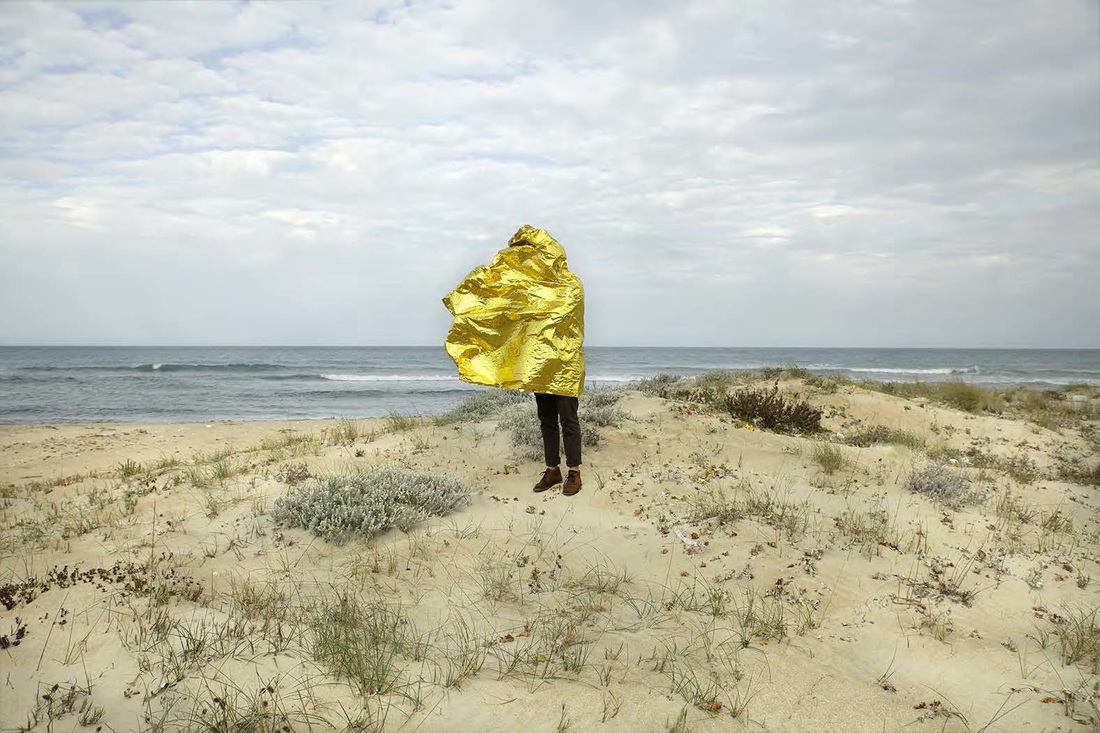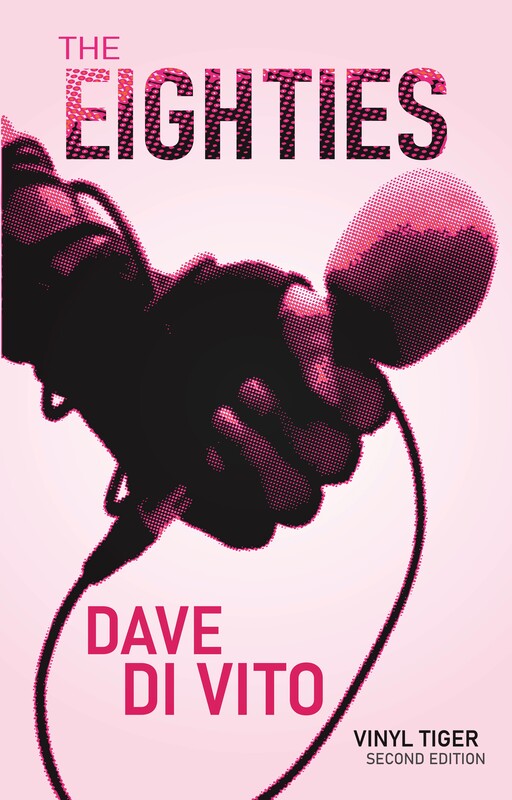|
Photography is pretty much always in flux. Its increasing shift towards multi formatting has altered the landscape and opportunities for the current generation of photographers. In some ways, this creates a challenge for events like Bitume Urban Layers which champion large scale works that are reproduced and exhibited in public areas. But as gratifying as a large scale exhibit is for both photographers and curators, the reality is that many contemporary photographers are favouring their own small scale, self-produced books. Working within a book format allows for freedoms that large scale work sometimes doesn’t: it enables photographers to create extended narratives within a setting that's ultimately more flexible than the large scale, and which can of course be reproduced [and sold] at will. Some work naturally lends itself to being reproduced on different scales: Sam Harris’ In the Middle of Somewhere - winner of the 2015 Australian Photobook of the Year Award - is an example of this: an intriguing selection of the images holding court in one of Lecce's prettiest piazzas - while the book reads as a gorgeous travelogue/diary etched out between India and Australia. The shifting lure of crossing fixed borders is the strongest theme to have arisen from the 2016 Identity Flows edition of Urban Layers - both in print and on the walls. How could it not be? The idea of immigration has transfixed us and is taunting us all, wherever we are in the world. And just as everyone has their own layered opinion on the matter, each of the Bitume photographers who address the theme of immigration and borders does it in their own style and from their own perspective. The first of my favourites this year on this topic - Ekaterina Vasilyeva - a participant in last year's festival - takes a personal approach to the topic. She returns to her native, rural Russia, documenting her journey on the hundred year old, thirty two kilometre stretch that separates Petergof from St. Petersburg with new eyes. Everything is familiar but somehow different because its the return from a journey that defines the travel experience more than the travel itself. A similar sense of familiar but strange marks the work of Fabrizio Albertini's Diary of an Italian Border Worker. This is a project that marries and blurs the concepts of travel and borders. His project lends something ethereal to something we are so used to understanding in black and white terms. As an Italian who has grown up near the Swiss border, Albertini's work is a brief, 'confused' pause and reflection on the phenomenon of his 60,000 neighbours who cross the Swiss/Italian border for work and who, in doing so, enter into an uneasy treaty between the familiar and foreign.  The unofficial refugee flag - the thermal blanket - replaced the EU flag as part of an installation. The unofficial refugee flag - the thermal blanket - replaced the EU flag as part of an installation. The sensation of flux isn't limited to the idea of people from moving place to place. Its something that can be experienced in the one place, when identity shifts. Bitume takes place in Lecce - for years, an unknown and unforgotten part of Italy. Closer to Albania than Rome, and a regular stop on the African migration route, Lecce is now regarded as the jewel of the Salento [southern Puglia] and is the focal point of a renewed appreciation of the area. Salento is a place now noted for its olive groves, beautiful beaches and its natural beauty. Each September it begins its recovery from the growing influx of hundreds of thousands of tourists that brings with it both new opportunities but also incredible strain and exploitation on local resources. Local photographer, Alessia Rollo, takes this into consideration with her Fata Morgana project. Despite the allure of Europe as a destination for migrants and a growing luxury tourist industry in Salento, it's still by and large an agricultural area, powered as much by the tourist dollar as it is plagued by illegal, exploitative labour practices of the migrants who pass through it. At one point, Rollo's series uses the leitmotif of the year to provide the festival with one of its strongest images - a figure wrapped in a space blanket. It's an object which has become synonymous with the thousands of at-sea rescues taking place just a few hundred kilometres from South Italy's shores. It's a leitmotif that reappears throughout various photographers' works and which has become an unofficial emblem of the refugee crisis. Its visual importance even led to one being unfurled on Saturday night, symbolically taking the place of the EU flag on one of Lecce's public buildings. Elsewhere, Rollo's photos take on a local view of the symbols and views that mark the Salento experience in contrast to the glossy, tourist industry's own. There's a lot more on show this week. For more information on the Bitume exhibition visit their website, Facebook or twitter pages. Bitume's Photobook 2016 expo - dedicated to the growing photobook niche kicks off tonight. |
Dave
|
|
|
Dave Di Vito is a writer, teacher and former curator.He's also the author of the Vinyl Tiger series and Replace The Sky.
For information about upcoming writing projects subscribe to the mailing list. Dave hates SPAM so he won't trouble you with any of his own. He promises. |





 RSS Feed
RSS Feed